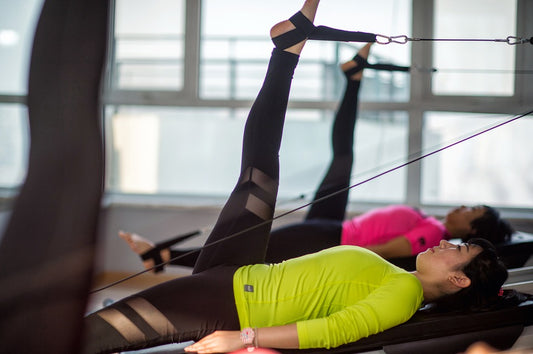CrossFit
Cross Training Gym - Building Cardio Fitness th...
CrossFit is a high-intensity sport that blends functional fitness including kettlebells, Olympic lifts, and calisthenics with competition, it offers you a unique way through which you can build your cardio...
Cross Training Gym - Building Cardio Fitness th...
CrossFit is a high-intensity sport that blends functional fitness including kettlebells, Olympic lifts, and calisthenics with competition, it offers you a unique way through which you can build your cardio...
Cross Training Workout - Building Size and Stre...
In many training programs, the volume is often overlooked. In case you are wondering what volume is all about, simply defined, it refers to the total weight lifted during the...
Cross Training Workout - Building Size and Stre...
In many training programs, the volume is often overlooked. In case you are wondering what volume is all about, simply defined, it refers to the total weight lifted during the...

Breathing Techniques for an Effective Cross Tra...
Research indicates that a person breathes about 20,000 times per day. However, has it occurred to you that you have been doing it all wrong? Breathing seems so natural that...
Breathing Techniques for an Effective Cross Tra...
Research indicates that a person breathes about 20,000 times per day. However, has it occurred to you that you have been doing it all wrong? Breathing seems so natural that...

